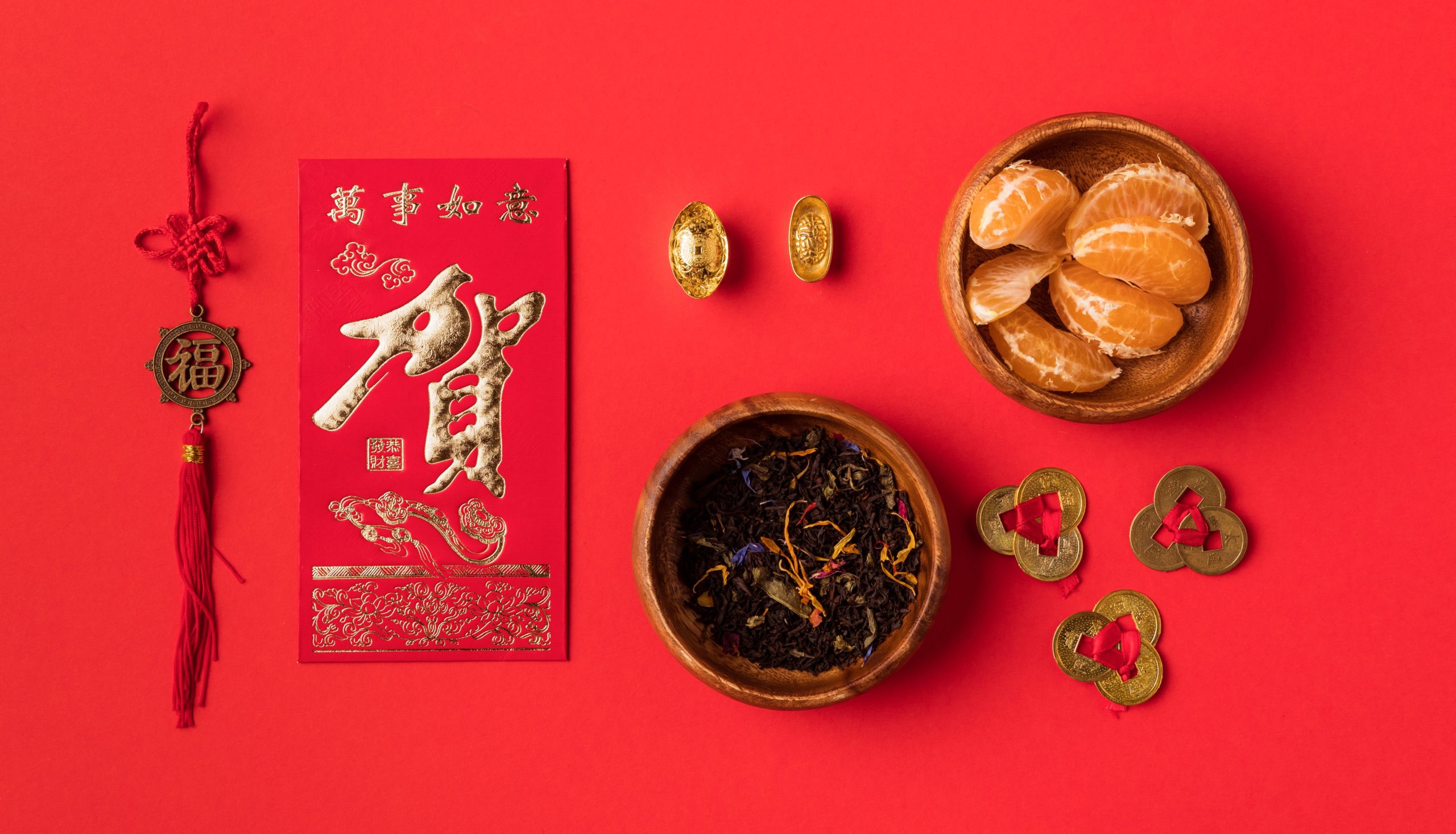
If you’re looking for a way to expand your students’ cultural horizons, you’ve come to the right place: what better way to kick off a new semester than with FREE, fun Chinese New Year Activities for your classroom! February is fast approaching and that means the Chinese Lunar New Year is coming right along with it.
This 23-day celebration is the perfect time to incorporate some Chinese New Year lesson plans into your schedule. To help with the planning process, we’ve included three awesome Chinese New Year activities designed to enhance your classroom instruction.
Whether it’s developing student research skills, playing Chinese New Year games, or completing themed worksheets, we have it right here for you: bookmark this page as your go-to destination for Chinese New Year teacher resources!
We’ve also included a Chinese New Year literary passage with original Piqosity reading questions for students to try their hand at, as well as an original Piqosity math problem-set with a festive flair!
2022 is the Year of the Tiger in the Chinese Lunar Calendar
Also called Spring Festival, Chinese New Year is the biggest holiday in Chinese culture and similar in scale to the holiday season in the United States between Thanksgiving and New Year’s Day. In 2022, people start celebrating on January 25th (Little New Year) and banks and government offices close for 7 days beginning on New Year’s Eve (January 31st). The holiday ends with the celebration of the Lantern Festival on February 15th. Students have it the best as they get to enjoy a four-week vacation between January 17 and February 18!
The Chinese Zodiac calendar rotates between twelve animals, and 2022 is the year of the Tiger. People born in the year of the tiger (2022, 2010, 1998, 1986, 1974, 1962, 1950, 1938…) are supposed to exhibit traits of strength and braveness.
Just like in the United States for Thanksgiving and Christmas, Chinese families reunite for this major holiday. In fact the Chinese New Year is often referred to as the “biggest human migration on the planet” as more than 400 million people normally travel from school or work back to their hometowns to celebrate with their friends and family.
Traditional celebrations include setting off fireworks on New Years Eve (fireworks were invented in China) and eating lucky foods like fish, dumplings, and noodles.
- Eating fish is supposed to bring good fortune, because the Chinese Mandarin word for fish “鱼 yú” is pronounced exactly the same as the word for surplus or bounty, as in a bountiful harvest.
- Eating dumplings is supposed to bring wealth, because historically the shape of a dumpling also looked like that of a Chinese silver ingot.
- Eating noodles is supposed to represent long life, because they’re long in shape!
In Chinese Mandarin, you can wish someone a happy new year by saying “新年快乐 xīn nián kuài lè,” which means “Happy New Year” or ” 恭喜发财 gōng xǐ fā cái,” which means “may you have a happy and prosperous new year.” The festival period itself is generally referred to as “春节 Chūn Jié,” which means Spring Festival.
Chinese New Year Classroom Activities
Chinese New Year Webquest by Elizabeth Yu
Sending your students on a Webquest is a great way to get them to practice their research skills. This webquest includes six pages of questions and prompts for students to explore; in searching for the correct answer(s) on the internet, students can develop their online research skills. This Webquest is aimed at at middle school students, and would pair perfectly with a lesson on how to use search engines for classroom research. Every question on the webquest relates to an aspect of Chinese New Year, with topics ranging from the history of the holiday to traditional practices, decor, and more!
Chinese New Year Boggle and Other Activities by From Chopsticks to Mason Jars
Our next set of Chinese New Year activities is this 10-page packet, which includes an introductory story about the 12 zodiac animals, a coloring sheet, word search, Boggle game activity, tangram activity, Chinese lantern activity, explanation of each zodiac animal and their corresponding years, a page of common Mandarin phrases, and a writing prompt to round it off! While some of the activities, particularly the crafts, are better suited for younger grades, these can easily be adapted to accommodate older students.
Morning Math and Reading Warm Ups by EdHelper
These Chinese New Year math and reading activities are a great way to start the school day in your classroom. The packet includes 19 pages of themed activities focusing on reading comprehension and mathematics practice. These warm-ups are designed for students at a middle school reading and math level.
Chinese New Year Reading Comprehension Questions by Piqosity
Our own Piqosity team has developed the following original reading comprehension questions, covering a variety of English Language Arts subtopics. In this passage, students will learn about the differences between Chinese New Year and Lunar New Year, explore the social perceptions of each holiday, and become familiar with aspects of Chinese astrology.
Excerpt from Chinese New Year vs Lunar New Year by China Highlights

Reading Comprehension Questions
1. The cycle that incorporates the five elements of Chinese astrology lasts…
A. Five years.
B. Ten years.
C. Two years.
D. Twelve years.
2. In line 21, “inadvertently” most nearly means…
A. rarely.
B. regretfully.
C. thankfully.
D. accidentally.
3. The purpose of the paragraph beginning on line 17 is to…
A. summarize the whole passage.
B. describe controversies about the holiday’s name.
C. introduce the following paragraph.
D. recognize how widespread the celebration is.
Passage Answer Key and Explanations
1. B.
The passage describes that there are cycles that happen simultaneously with the twelve year cycle of zodiac animals in Chinese astrology, stating, “This includes the 10-year cycle of the ‘Heavenly Stems’, which are associated with the five elements of Chinese astrological mythology,” (lines 49-51). Thus, the correct answer is ten years. The elements rotate each two years, but the cycle lasts for ten.
2. D.
The following is the context of “inadvertently”: “Referring to the celebration as ‘Chinese New Year’ may be insensitive… on the other hand, referring to it as ‘Lunar New Year’ can inadvertently ignore other cultures’ lunar new year celebrations…” (lines 20-26). The passage is discussing how grouping all the celebrations under one label may ignore certain cultures’ celebrations, and “inadvertently” is an adverb showing the way this is done.
“Thankfully” would not fit, as one shouldn’t be grateful for disrespecting certain cultural traditions. “Regretfully” could fit but does not match the definition/meaning of “inadvertently”. “Rarely” also does not fit, as the passage does not reference any rarity of offense taken from referring to the celebration under a certain name. The correct answer is “accidentally”.
If you break down “inadvertently”, you can discover the meaning in its word parts – “in-” is a prefix meaning “not”, “advertent” is a root word meaning “attentive/paying attention”, and “-ly” is a suffix meaning “how something is”, turning a word into an adverb. If you combine all of those, you can see that the meaning behind “inadvertently” is “being not attentive” – which can otherwise be stated as “accidentally”.
3. C.
The paragraph states, “In recent years, the topic of the correct terminology of the Chinese New Year celebrations has unfortunately been creating controversy,” (lines 17-19).
This does not “summarize the whole passage” nor does it “describe controversies…”. because it introduces a topic. Further, it does not “describe when the holiday is referred to as ‘Lunar New Year’.
“Introduce the following paragraph” is correct because the paragraph introduces the topic of controversy surrounding the holiday’s terminology, which is described more in-depth in the following passage (beginning on line 20).
Chinese New Year Math Questions by Piqosity
Piqosity’s team of math tutors has developed the following Chinese New Year lesson to quiz students on a variety of mathematical skills. Pair these math questions with any of the activities mentioned in this article for the ultimate challenge!
Chinese New Year Math Questions
1. If 

A. 6
B. 8
C. 10
D. 4.8
2. Nian Gao is a traditional sweet rice cake eaten during the Lunar New Year. If 2 cups of sugar are required to make a batch of 24 rice cakes, how many cups of sugar are required to make a batch of 60 rice cakes?
A. 4.5 cups
B. 3.5 cups
C. 6 cups
D. 5 cups
3. According to the Chinese Zodiac, the year of the tiger repeats every 12 years. If it was the year of the Tiger in 1998, which of these is also a possible year that could be a year of the Tiger?
A. 2000
B. 1988
C. 1974
D. 2008
Math Answer Key and Explanations
1. B.
In this case, the lantern is used as a variable in our equation. We can find the value of the lantern by isolating it on one side of the expression.
To isolate the lantern, we need to divide both sides of the equation by 6.
One lantern is equal to 8.
2. D.
In order to solve for the number of cups required to make a 60 cake batch, we should set up a constant ratio using a variable and solve for the total amount of sugar required for the larger batch.
Solve for x, the number of cups of sugar required for a 60 cake batch. Before we think of cross multiplying, we should simplify the fraction on the left hand side.
This means that to make a 60 cake batch, we will need 5 cups of sugar.
3. C.
In order for us to find the correct answer, we should evaluate each answer choice to see if the difference between it and the year 1998 is a multiple of 12 or not.
If we subtract 1998 from 2000, we will find that there is only a difference of 2 years between these two, so there is no possible way that the year 2000 is a Year of the Tiger.
If we subtract 1998 from 1988, we will find that there is only a difference of 10 years between these two, so there is no possible way that the year 1988 is a Year of the Tiger.
If we subtract 1998 from 1974, we will find that there is a difference of 24 years between these two. Since 24 is a multiple of 12, we know that the year 1974 was also a Year of the Tiger.
Find More ELA and Math Resources Like These at Piqosity!
We hope you’ve enjoyed these FREE Chinese New Year activities. You can find more (non-themed) ELA and Math lessons with questions of similar difficulty levels in our ELA and Math Courses! These are complete courses available online through our app and can be purchased separately or received for free when bundled with our ISEE test prep courses!
- 5th Grade ELA Course
- 8th Grade ELA Course
- 11th Grade ELA Course
- 5th Grade Math Course
- Algebra 1 Course
- Algebra 2 Course
For your convenience, we have outlined lessons relevant to or at the same difficulty level as the above passages and word problems. These can be found below.
Related ELA Lessons by Piqosity
Lessons related to question #1:
Lessons related to question #2:
ELA 5 – Word Meaning & Word Choice
ELA 8 – Word Meaning & Word Choice
ELA 11 – Word Meaning & Word Choice
Lessons related to question #3:
Related Math Lessons by Piqosity:
Lessons related to question #1:
Math 5 – Solving Algebraic Equations from Word Problems
Lessons related to question #2:
ISEE UL – Ratios and Proportions
Lessons related to question #3:





Leave A Comment